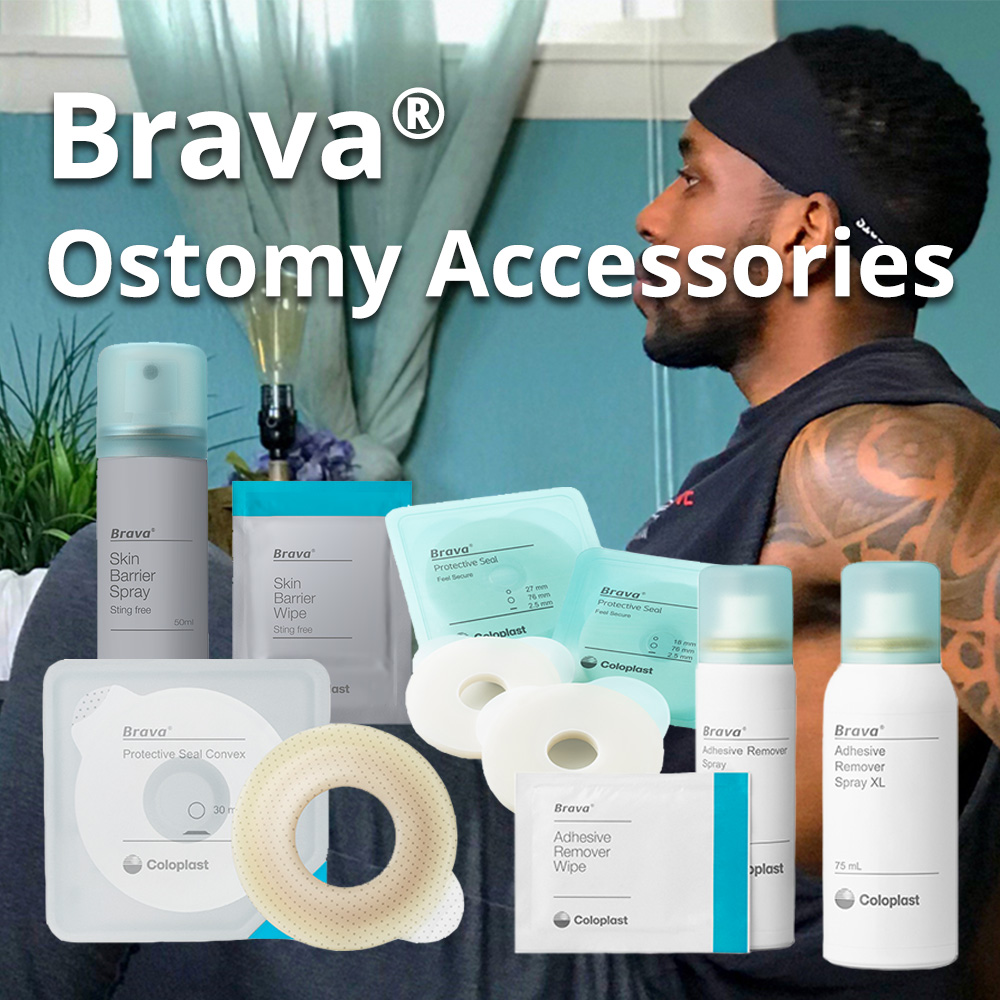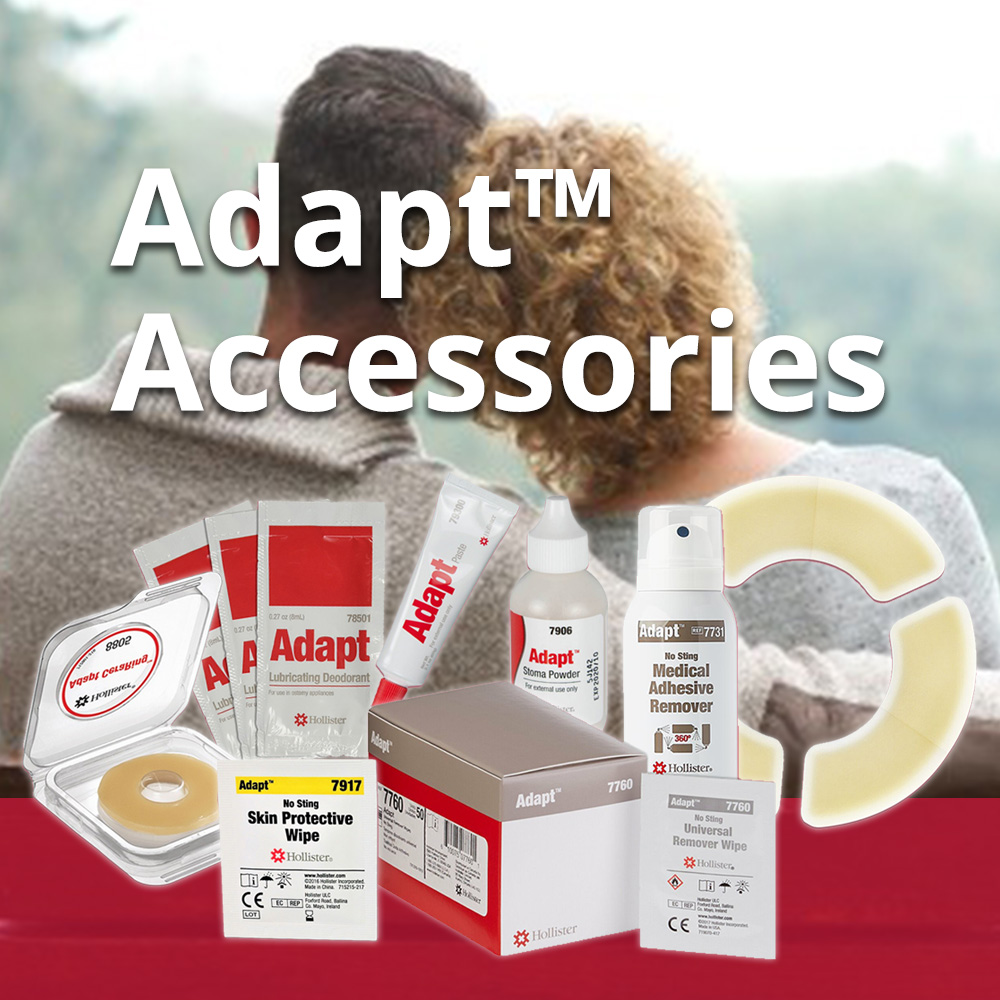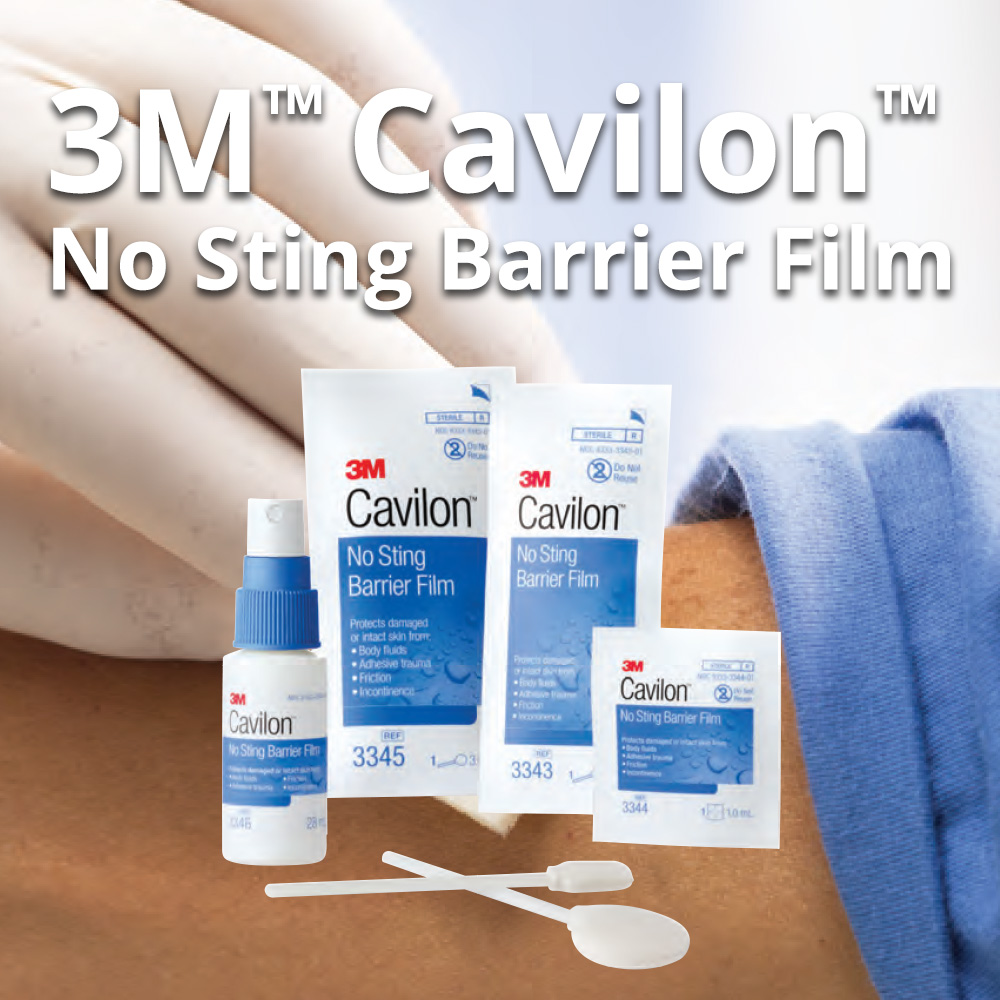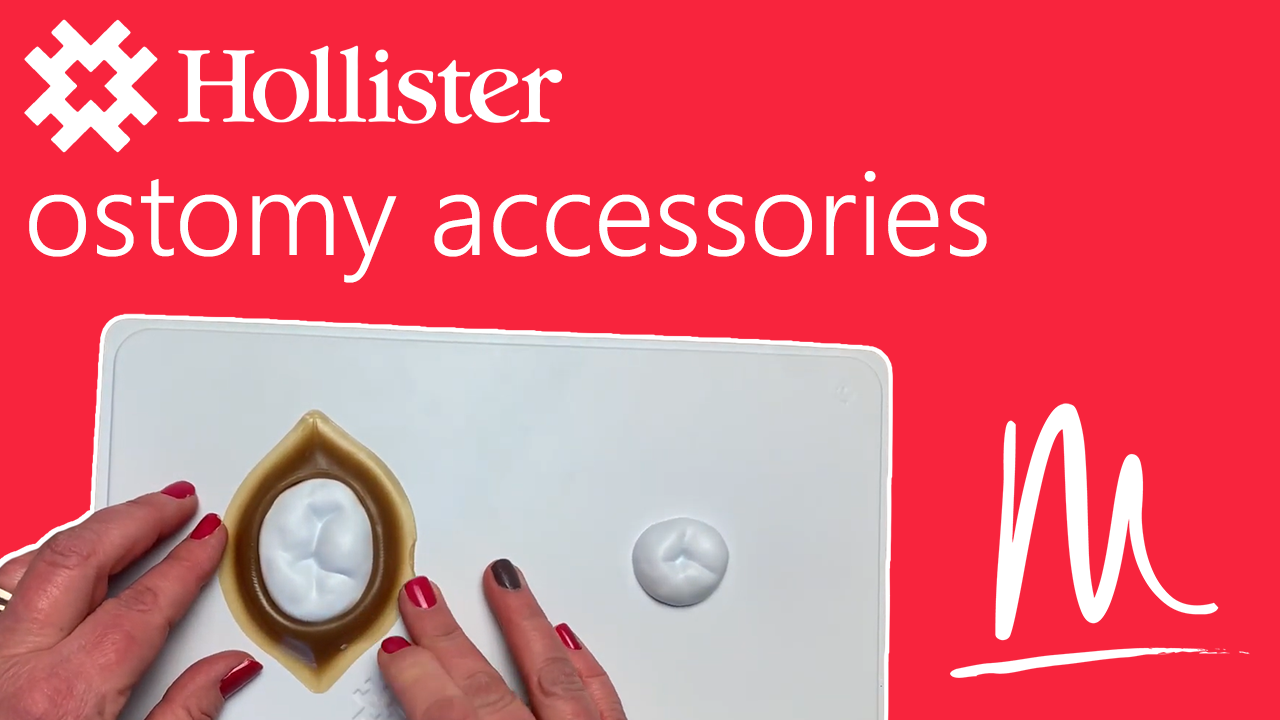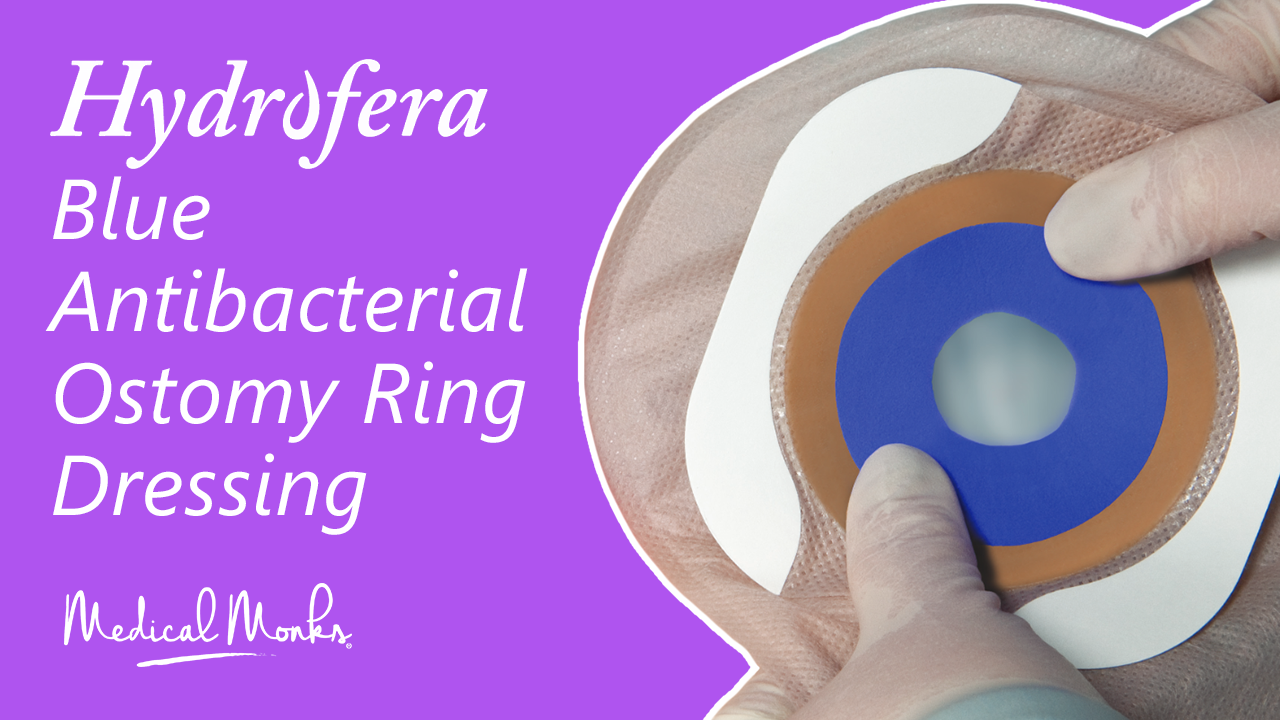The majority of people with ostomies experience a complication that causes stoma bleeding at some point. Fortunately, while it’s always important to note and intervene if your stoma is bleeding, not all incidents of bleeding in or around a stoma are equally urgent—nor are they equally dangerous.
Understanding the differences among types of stoma bleeding can help you address any bleeding situation safely if it happens.
What Is Stoma Bleeding?
A stoma is a surgically created opening in the abdomen, also known as an ostomy. The most common ostomy procedures are intestinal stomata. An intestinal stoma creates a hole, granting access to the small bowel (ileostomy) or large bowel (colostomy) through the anterior abdominal wall.
Most ostomies are created to enable an alternative bodily waste removal option out of medical necessity. An ostomy also enables a slight degree of protrusion of the intestine past the opening, though it is typically contained behind an appropriate barrier.
“Stoma bleeding.” is an umbrella term for different conditions that cause blood to leak from the bowels, pool in the bowels, or accumulate in the ostomy bag.
It can also refer to both minor and significant bleeding of the stoma bowel protrusion due to:
- physical trauma or burst capillaries
- contact ulcers
- bleeding from the edge of the stoma opening
- bleeding from abnormally distorted blood vessels (i.e. varices)
- minor peristomal skin chafing
- profuse bleeding of the peristomal skin
Why Is My Stoma Bleeding? Underlying Causes
Most often, a stoma bleeds during cleaning or while it’s healing as the tissue is somewhat fragile and blood-vessel-dense. Like the gums, this type of fragile tissue is mucosa. Local mucosal trauma from cleaning too roughly or from jostling is the most common cause of stoma bleeding. This is the same reason a person’s gums might bleed during flossing.
If a stoma bleeds slightly, but stops when it’s pressed or patted dry, it is minor bleeding and shouldn’t cause alarm. Use manual pressure to treat a minor stoma bleed. Adding an ice pack can help with pain and swelling.
However, there are also more significant and urgent underlying causes of stoma bleeding.
Types of Stoma Bleeding & Their Mechanisms
Peristomal Skin Bleeding
The NIH defines Peristomal skin bleeding as “bleeding from the skin immediately surrounding a stoma (ostomy), often caused by irritation from stool or urine leakage, or mechanical damage from pouch changes.” It’s typically associated with dermatitis and epidermal damage.
Treatment
Topical hydrocolloid dressing is the first-line treatment. Stoma powder may also be used to alter the effect of the ostomy device on the skin.
Contact Ulcers (Stomal and Peristomal)
Contact ulcers are a type of stoma ulcer or peristomal ulcer. They are open sores on the stoma or peristomal skin. Contact ulcers are specifically caused by chafing or another type of pressure, typically (though not always) from the ostomy bag.
Treatment
To treat contact ulcers, the ostomy device must be altered to remove pressure or friction from the skin.
Small ulcerations can usually be treated with:
- Stoma powder
- Antimicrobial powder, covered by a piece of hydrocolloid
A foam dressing over the ulceration is helpful if the ulcer is particularly moist. Silver dressings in sheet form are also effective—as are calcium or silver alginates.
Ostomy‐Related Varices
Varices are enlarged, twisted, or otherwise distorted blood vessels at the stoma site. They also develop at the enterocutaneous junction of a stoma. They’re also called peristomal, parastomal, or stomal varices (SVs).
Treatment
Variceal ostomy bleeding must be treated by addressing the underlying cause: portal hypertension. More urgently, mild-moderate bleeding stomal varices (BSV) can be treated through local pressure control measures and topical interventions.
However, suture ligation, sclerotherapy, intravascular coil, glue embolization, or portal vein decompression with TIPS may be necessary interventions if less-invasive interventions are ineffective.
Peristomal Pyoderma Gangrenosum (PPG)
According to the NIH, “Parastomal pyoderma gangrenosum (PPG) is an unusual neutrophilic dermatosis characterized by painful, necrotic ulcerations occurring in the area surrounding an abdominal stoma.” It’s correlated with inflammatory bowel disease.
Treatment
The first-line treatment for PPG is corticosteroid therapy. Topical applications, systemic IV treatment, and crushed tablets are effective delivery methods in different cases.
PPG-induced bleeding may also be treated by topical Tacrolimus, or with Dapsone and Cyclosporine, if corticosteroid therapy is ineffective.
Bleeding Granulomas
Bleeding stoma granulomas, also known as pyogenic granulomas, or Peristomal granulomatosis, is a condition wherein accumulated granulomas break and bleed.
Granulomas are a sort of non-cancerous tumor made of blood vessels. According to PubMed, it’s, “a common, acquired, benign vascular tumor that arises in tissues such as the skin and mucous membranes.”
Treatment
Granulomas are typically treated by cauterizing or freezing the timorous blood vessel growths to stop the bleeding, and to shrink the size of the granulomas themselves.
Topical silver nitrate hydrocolloid dressing is the most common cauterization option.
That said, non-cauterizing treatment options can succeed in the right circumstances. Treatment can include timolol, imiquimod cream, steroid injections, laser therapy, or surgical removal.
Bleeding From Enlarged Peristomal Blood Vessels
Stoma bleeding from peristomal blood vessels involves “infuse venous oozing” from “diffusely congested or engorged” blood vessels in or near the stoma. It’s an urgent type of stoma bleeding, and it typically requires somewhat invasive medical intervention.
Treatment
The standard treatment is decompression through a transjugular intrahepatic portosystemic shunt (TIPS). This alleviates excess blood pressure by redirecting blood float away from the over-full vessels.
Transvenous obliteration of the enlarged, bleeding Peristomal blood vessel is another option. Typically 1% sodium tetradecyl sulfate is used.
Internal Stoma Bleeding
Internal stoma bleeding, also called “stoma hemorrhage,” is bleeding originating from within the stoma itself. It is distinct from bleeding conditions originating from the surrounding skin or from stoma cleaning.
In the case of colostomies, internal stoma bleeding is synonymous with intestinal bleeding.
Treatment
To treat internal stoma bleeding, therapeutic options established and validated by proctologists include:
- Correction of coagulopathy with blood-clotting medication
- Local control of bleeding using direct pressure
- Local control via suture ligation (tying off blood vessels with suture thread)
If these first-line options are ineffective or unavailable, consider peristomal variceal bleeding treatment techniques. Evidence-based options include:
- Sclerotherapy
- This is the injection of a sclerosant into varices, or the venous source of the bleeding, to collapse the veins.
- Variceal ligation
- This is the use of an endoscope to tie off varices using bands.
- Selective percutaneous embolization
- This is a minimally invasive procedure to block blood flow solely to the source of the bleed, using an embolic material (intravascular coils or glue).
- A catheter is inserted through a small hole in the skin to precisely target the bleeding vessel only.
- This is a minimally invasive procedure to block blood flow solely to the source of the bleed, using an embolic material (intravascular coils or glue).
- Surgical stomal revision
- This is a surgery that repairs or alters the existing stoma, fixing the underlying problem causing the stoma to bleed.
- Pharmacologic beta-blockade.
- This is a series of pharmaceutical medications shown to prevent or effectively treat recurrent gastrointestinal bleeding.
- Drugs like Nadolol and Propranolol are used to decrease splanchnic blood flow.
- Splanchnic blood flow reduction significantly diminishes the pressure exerted on the stoma portal (and the pressure-induced bleeding).
- Portosystemic shunting (TIPS) procedure.
- It inserts a shunt to alter the direction of blood flow.
- This relieves excess pressure causing the recurring intestinal (and stomal) bleeding.
- It inserts a shunt to alter the direction of blood flow.
Shop Five-Star Stoma Care Supplies With Medical Monks
At Medical Monks, we offer thousands of premium-quality ostomy care products in our online store. Shop today!
Product Solutions

Avelle Negative Pressure Wound Therapy Dressings
Monks Note: For the Avelle Pump please visit our listing here.
The Interactive Avelle NPWT Dressing
• Perforated silicone adhesive

SILVERCEL NON-ADHERENT Antimicrobial Alginate Dressing with EASYLIFT Precision Film Technology
SILVERCEL™ is an antimicrobial hydroalginate dressing. Each non-woven pad uses a combination of alginate, carboxymethylcellulose (CMC) and nylon fibers coated with silver to absorb exudate,
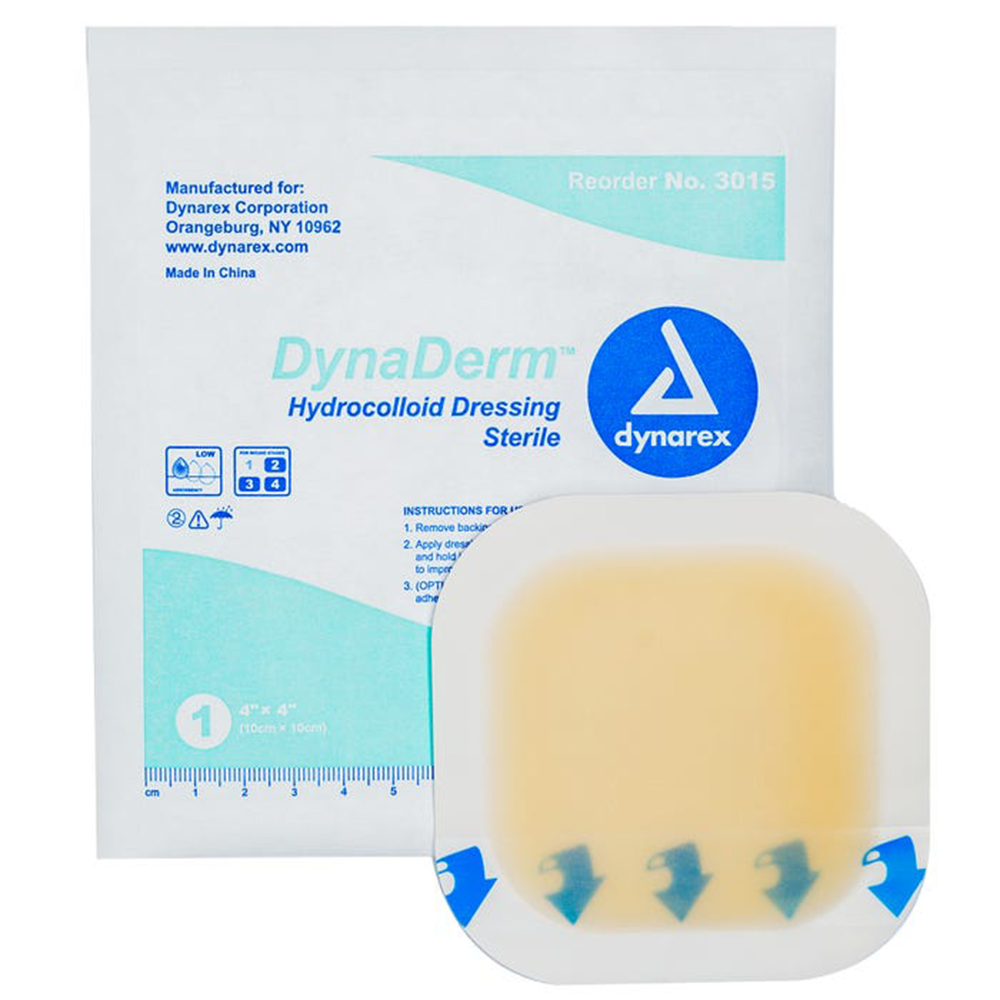
DynaDerm Hydrocolloid Dressing – Thin
The DynaDerm Hydrocolloid Dressing provides a sterile, moist, insulated healing environment that remains permeable to moisture, vapor and oxygen to accelerate the healing process. Used
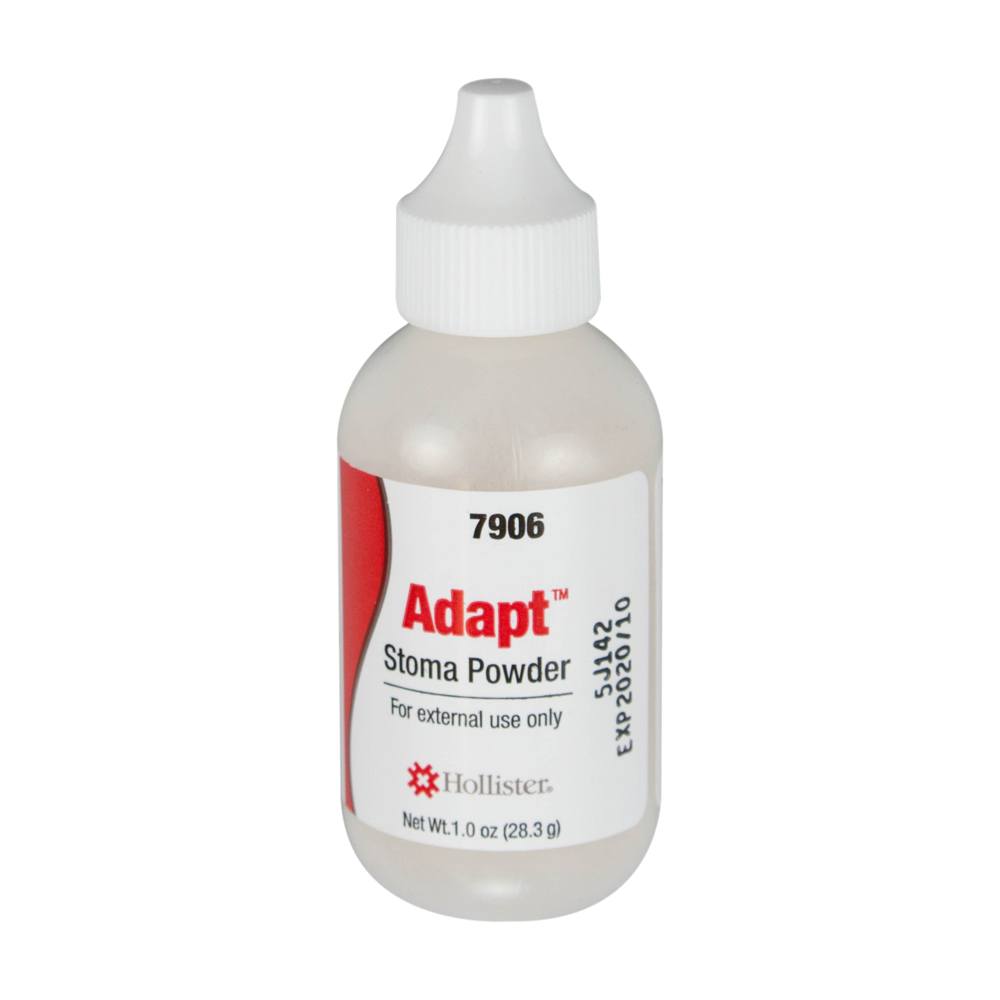
Adapt Stoma Powder
For securing a barrier plate, moisture has potential to affect wafer adhesion, leading to potential detachment later in the day. Adapt Stoma Powder helps address
Top Related Brands
Related Videos
Related Blogs
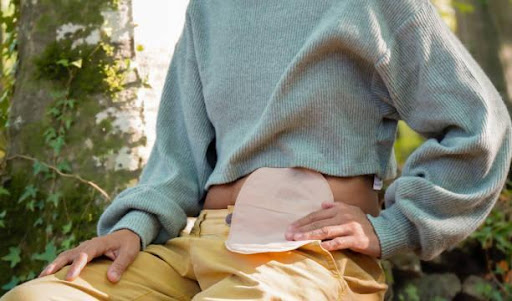
Best Ostomy Bags for Sensitive Skin
If you just started using an ostomy pouch, chances are you’re still looking for the
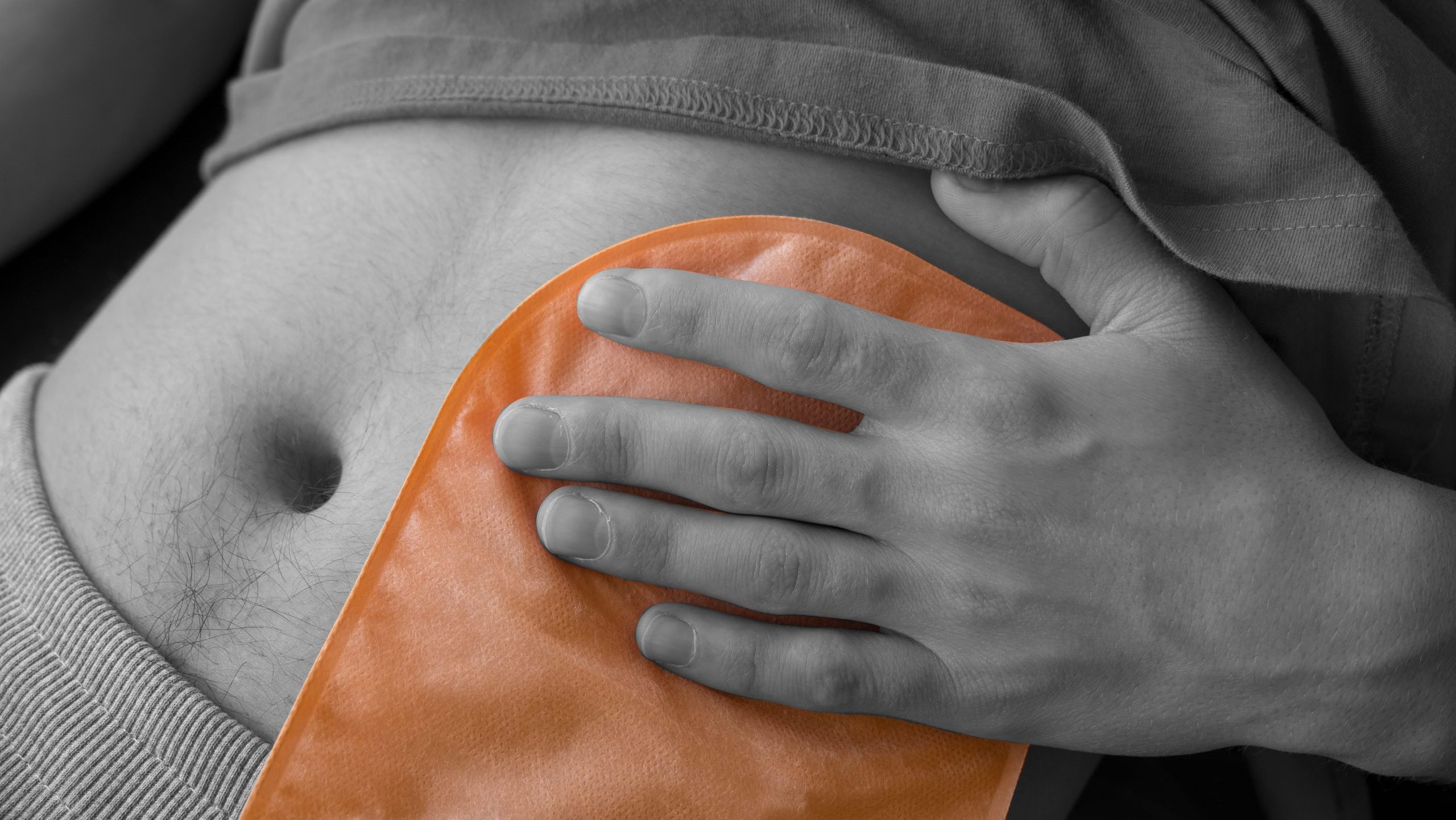
Stoma Prolapse
Stoma prolapse is a potential complication risk faced by ostomy patients. Yet, the nature of

The Importance of Proper Skin Care Around the Stoma
Healthy skin plays a key role in wearing your ostomy appliance comfortably and securely. But

